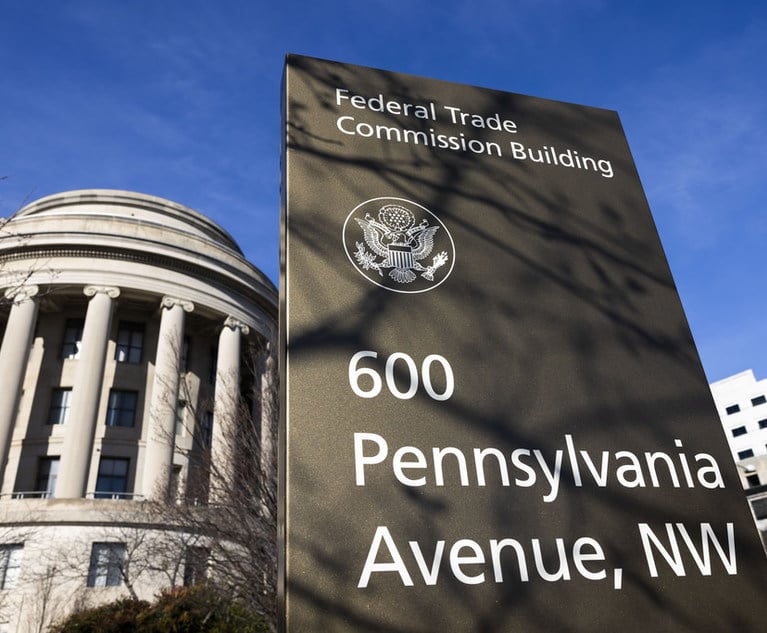“But we never signed anything!” From time to time, business lawyers are likely to hear a client say (or yell) these words, believing that the absence of a written agreement defeats an adversary’s claim that a partnership existed. Not so fast. New York has a complex and flexible oral partnership doctrine, and courts regularly find that a legal partnership exists even without any formal paperwork. The consequences of an oral partnership can be quite significant: Partners generally share in profits and losses, and owe fiduciary duties of loyalty, good faith, and fair dealing toward each other. Therefore, it is critical to understand the contours of the oral partnership doctrine. This article analyzes the law of oral partnerships in New York, and summarizes how such partnerships can be created, operated and terminated.
What Qualifies as an Oral Partnership?
Under New York law, a partnership is defined as “an association of two or more persons to carry on, as co-owners, a business for profit.” N.Y. P’ship Law §10 (McKinney 2021). Of course, partnerships can be formed through a written agreement, but they can also be formed orally or through the parties’ conduct, intention, and relationship. Czernicki v. Lawniczak, 74 A.D.3d 1121, 1124 (2d Dept. 2010) (“When there is no written partnership agreement between the parties, the court must determine whether a partnership in fact existed from the conduct, intention, and relationship between the parties.”). An oral partnership therefore “does not have the same requirements as a formal contract and can be found even in the absence of a capital contribution … .” Leonard v. Cummins, 196 A.D.3d 886 n.2 (2021). Where a party alleges the existence of an oral partnership, that party “bears the burden of proving the indicia of such a relationship.” F & K Supply v. Willowbrook Dev. Co., 304 A.D.2d 918, 920 (3d Dept. 2003).


 Credit: MJgraphics/Shutterstock
Credit: MJgraphics/Shutterstock




